 In the world history of beer, pilsners are relatively recent. Thanks to the citizens of Pilsen, Bohemia (Bohemia became part of Czechoslovakia Oct. 28, 1918; Czechoslovakia peacefully split into the Czech Republic and Slovakia Jan. 1, 1993), who in 1838 dumped 36 barrels of beer in the main square in protest of poor quality of beer. The Burghers of Pilsen were a group of citizens in who established the Burghers’ Brewery in 1842 to produce a consistent quality beer. Burghers sent spies into Bavaria and then brought back their own Bavarian brewer Josef Groll. On Oct. 5 1842, eons before marketers invented “drinkability,” Groll brewed the first batch of the new Pilsen beer that would be known as Pilsner Urquell. They built it next to the river Radbuza, which had lovely soft water. It used only Czech malts and Czech hops, mainly the Saaz hop which gave it lovely floral and spicy flavors and aromas. In 1898, Pilsner Urquell trademark was registered in to protect the unique brand which serves as the model for all pilsner-type beers. In conjunction with the Grit & Grain Podcast discussing the history and styles of pilsner at 4:30 p.m. Wednesday, Jan. 1 in Peaks & Pints’ Event Room, we offer a flight of five pilsner styles — a flight we’re calling Peaks and Pints Beer Flight: Pilsner Styles.
In the world history of beer, pilsners are relatively recent. Thanks to the citizens of Pilsen, Bohemia (Bohemia became part of Czechoslovakia Oct. 28, 1918; Czechoslovakia peacefully split into the Czech Republic and Slovakia Jan. 1, 1993), who in 1838 dumped 36 barrels of beer in the main square in protest of poor quality of beer. The Burghers of Pilsen were a group of citizens in who established the Burghers’ Brewery in 1842 to produce a consistent quality beer. Burghers sent spies into Bavaria and then brought back their own Bavarian brewer Josef Groll. On Oct. 5 1842, eons before marketers invented “drinkability,” Groll brewed the first batch of the new Pilsen beer that would be known as Pilsner Urquell. They built it next to the river Radbuza, which had lovely soft water. It used only Czech malts and Czech hops, mainly the Saaz hop which gave it lovely floral and spicy flavors and aromas. In 1898, Pilsner Urquell trademark was registered in to protect the unique brand which serves as the model for all pilsner-type beers. In conjunction with the Grit & Grain Podcast discussing the history and styles of pilsner at 4:30 p.m. Wednesday, Jan. 1 in Peaks & Pints’ Event Room, we offer a flight of five pilsner styles — a flight we’re calling Peaks and Pints Beer Flight: Pilsner Styles.
Peaks and Pints Beer Flight: Pilsner Styles
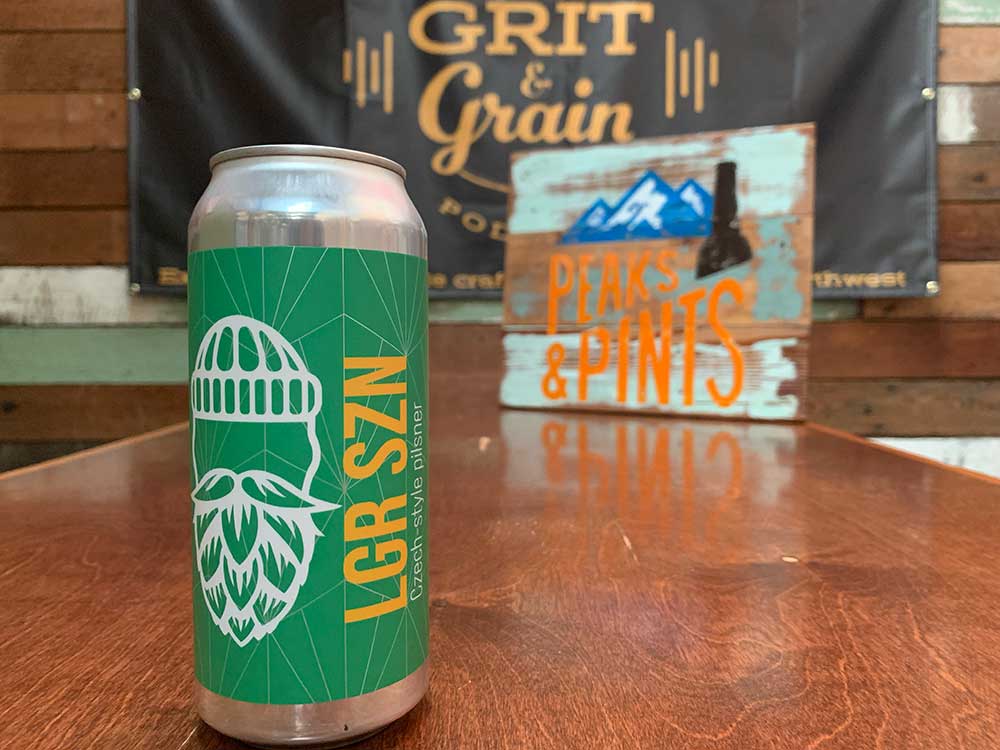 Lumberbeard LGR SZN: Czech Pilsner
Lumberbeard LGR SZN: Czech Pilsner
4.9% ABV
CZECH PILSNER: Czech-style pilsners, or Bohemian pilsners, are pale gold in color and brilliantly clear. They have a low-to-medium hop profile, and almost exclusively use the native Czech Saaz hop which gives a spiciness to the overall flavor. Often, Czech-style pilsners are slightly more malt-forward, with notes of biscuit, cracker and bread. They can be lower in carbonation and have a more full, rounded mouthfeel. They finish crisp and refreshing. Lumberbeard Brewing from Spokane brews a Czech-style pilsner, LGR SZN, brewed with locally grown and malted Czech heritage variety Pilsner malt and hopped exclusively with Saaz. The aroma is slightly nutty with light honey, dried flowers, and a good dose of noble hops. It’s a bit grassier in the flavor with slightly sweet malt and hoppiness.
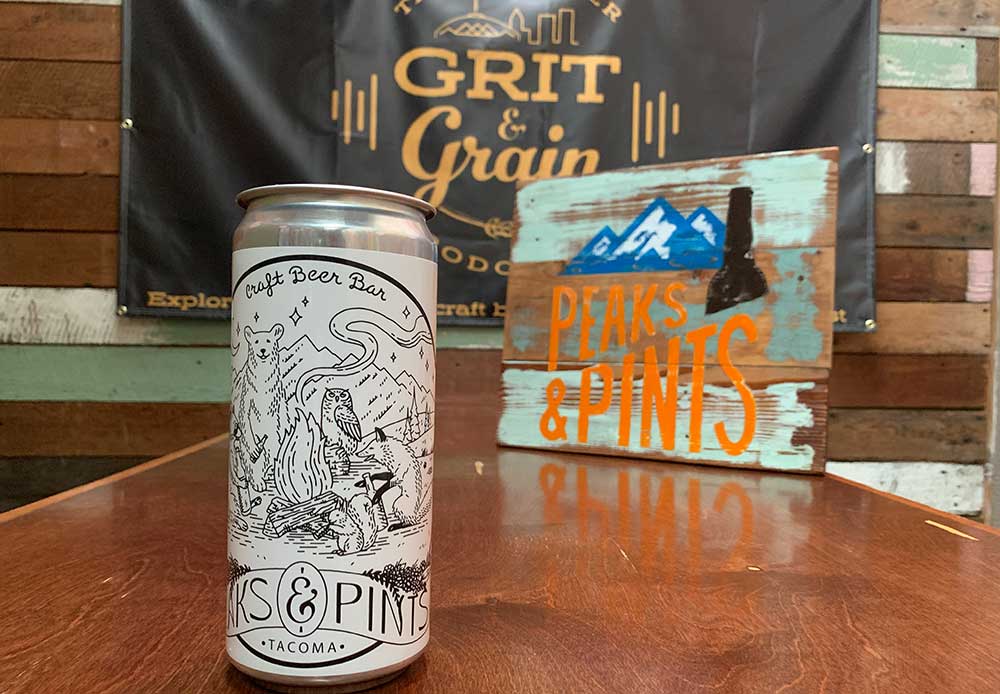 Wander Doglost Pilsner
Wander Doglost Pilsner
5.1% ABV
GERMAN PILSNER: Whereas Czech pilsners are more of a balanced affair, German Pilsners are more Spartan and stripped-down. In other words, the Czech Pilsner is softer, and the German pilsner is blunter. They are pale, dry (often bone dry), grainy, and more bitter than their Czech cousins. German-style recipes tend to utilize German hops, such as Tettnang or Hallertau, they’re bitterness is more pronounced than Bohemian pilsners. Flavors of lemon and honey can often be found in them as well. With higher carbonation, they have a drier, lighter mouthfeel and finish crisp with a lingering bitterness. They also allow a small degree of sulfur to carry over from the fermentation, adding a signature flourish to the aroma. Wander Brewing’s version, Doglost, is brewed with malt from two separate German maltsters in addition to 100-percent German grown Merkur and Hersbrucker hops for is a light, crisp, refreshing and clean lager with subtle notes of nuts, a splash of citrus and a gentle hop zing.
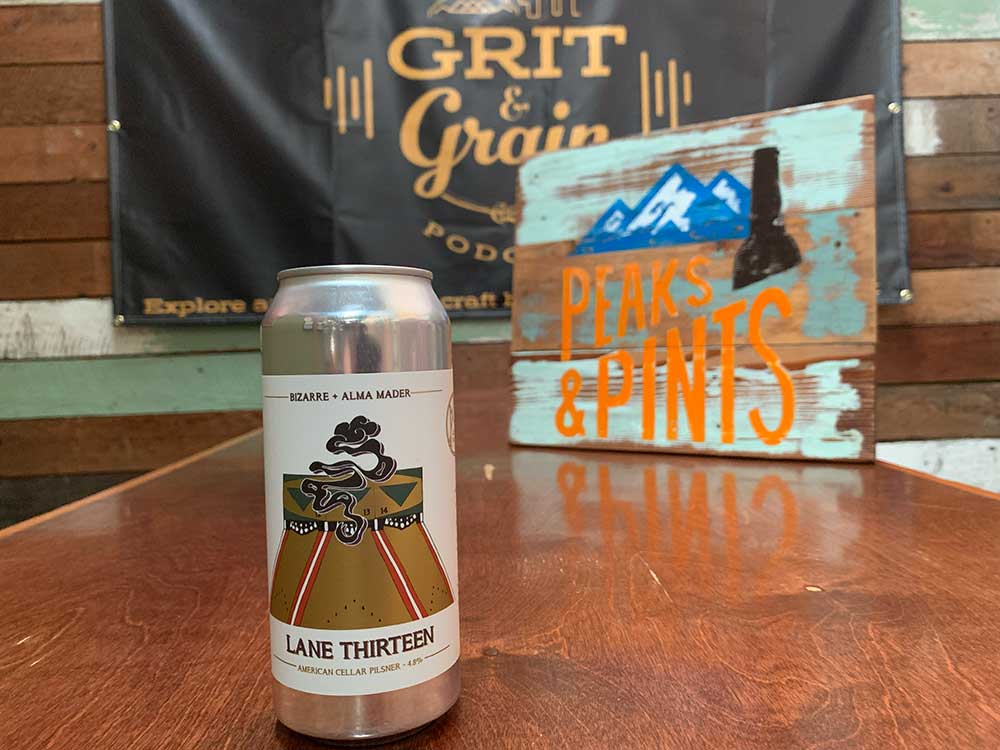 Bizarre Lane Thirteen
Bizarre Lane Thirteen
4.8% ABV
AMERICAN PILSNER: John Wagner, a Bavarian immigrant, brought lager yeast to the New World in the early 1840s, and by the late 1850s an American version of the Pilsner was commonly available. This “Classic American Pilsner” (or pre-Prohibition lager) had elements of both the Czech and German varieties in that it featured a round maltiness and higher bittering levels, but it also used local ingredients, primarily hops, but not citrusy hops, that gave it a distinctly “American” flavor. Bizarre Brewing’s American pilsner, Lane Thirteen, is a collaboration with Alma Mader Brewing in Kansas City, Missouri. It’s brewed with a simple base of German pilsner and Idaho pilsner malts, hopped in the kettle with Spalt Select and Sterling, fermented cold with their house lager strain on Chinook hops, and then spunded for natural carbonation. Expect strong grassy and herbal notes with a dry finish.
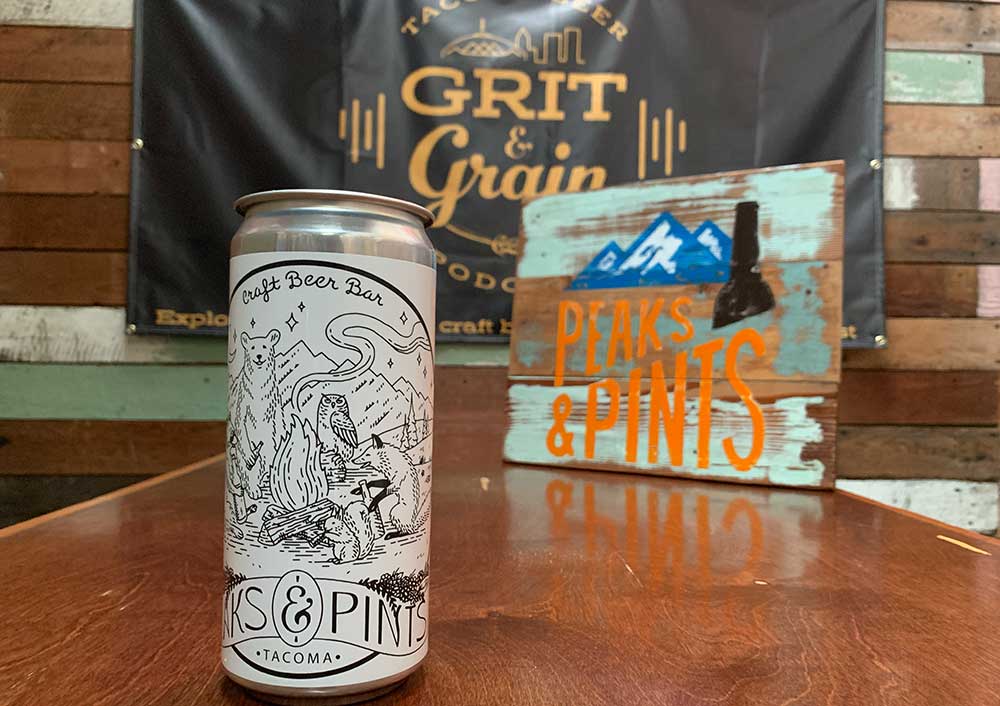 SteepleJack West Coast Pilsner
SteepleJack West Coast Pilsner
5.2% ABV
WEST COAST PILSNER: Since the West Coast Pilsner has yet to become an officially recognized style, the guidelines on what characterizes the brew lack definition. Generally, the profile of the beer is described as having the initial strong taste and smell of a modern IPA, which quickly gives way to the crisp, malty, freshness of a pilsner. For many American brewers, “West Coast” refers to the use of American hops instead of the more traditional European noble hops. In the case of the West Coast Pilsner, one hallmark of the style is its distinct bold, citrusy, and tropical hop profile provided by American and/or New World hops. Additionally, dry hopping is an absolute must. Excess sulfur is a common issue, so proper lagering time and temperature should be closely watched. SteepleJack Brewing’s version is brewed with Pilsner malt, plus Michigan Chinook and Mosaic hops, for notes of pineapple, strawberry and dankness.
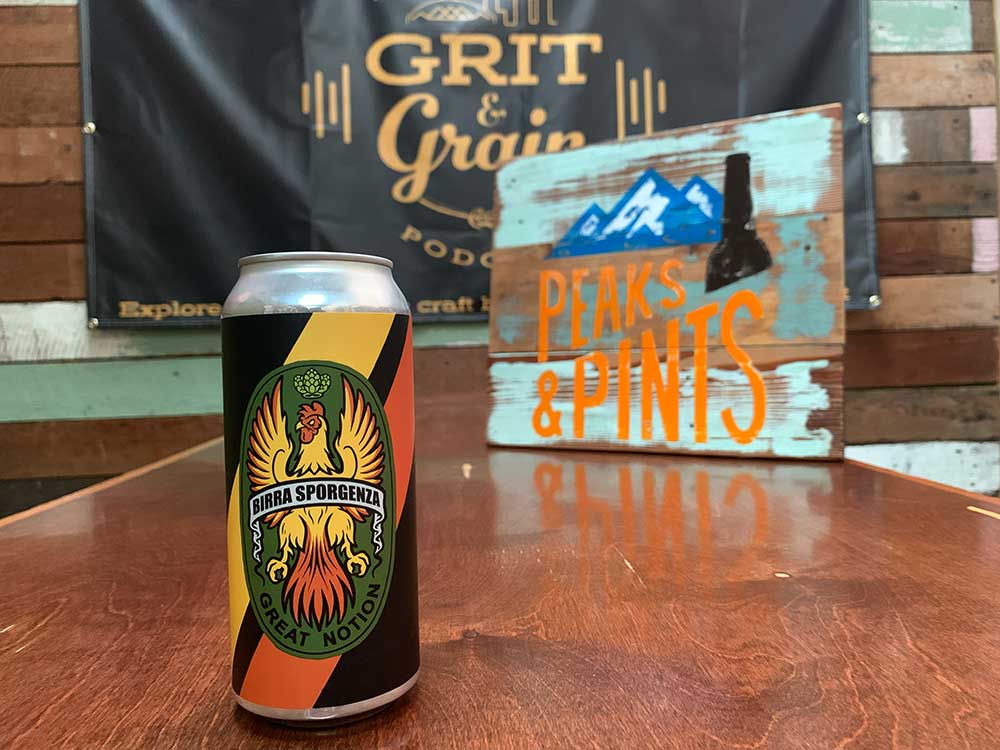 Great Notion Birra Sporgenza
Great Notion Birra Sporgenza
5.1% ABV
ITALIAN PILSNER: The Italian Pilsner substyle was born, naturally, in Italy in 1996, when Agostino Arioli brewed Tipopils at his Como brewery, Birrificio Italiano. A fan of German pilsners, Arioli had been on a mission to brew his own take on the style. It wasn’t until a trip to England where he learned about hop plugs and dry-hopping real ale in casks, however, that the pieces fell into place. Upon opening Birrificio Italiano, he combined the dry hopping he learned in England with his formula for German pils. The result was a “kind of pils,” or tipopils, in Italian. Today, dry-hopping is the defining characteristic of Italian-style pilsners, which stand apart from the slightly sweet Czech pilsner and the drier, crisper, more bitter German pilsner by retaining the aromatics of the hops, which might otherwise be lost to the boil. Those aromas should come from traditional European hops, especially noble hops, with floral, citrusy, spicy and/or herbal notes. Great Notion Brewing’s version, Birra Sporgenza, is brewed with brewed with 100-percent Pilsner malt, and dry hopped with Tettnanger, Saaz, and Saphir — three different Noble style hops that are all high in Farnesene, an aromatic compound gives that rush of cedar, thyme, and lemon aromas. The body is light and the carbonation high for a refreshing lager packed full of Old World hop character.
LINK: Peaks & Pints beer and cider cooler inventory
